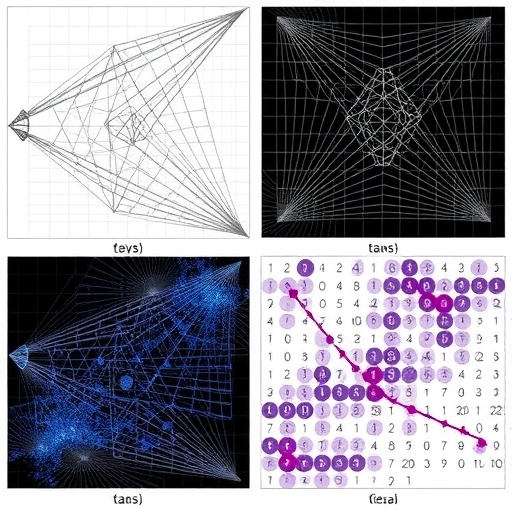Researchers have analysed 94 million tweets to track COVID-19’s effect on mental health.

Credit: Edar from Pixabay (cc)
Twitter has long provided a short, sharp take on the community’s fears, anxieties and experiences. Now, data scientists have analysed 94 million tweets from the first months of the pandemic to track COVID-19’s effect on mental health in NSW.
The research team used machine learning to develop a model able to capture data indicating depression, stress, anxiety and suicidal thoughts among users of the social media platform.
The aim was to tap into popular technology to help public health experts identify changes in community levels of depression over time.
The World Health Organisation highlighted early in 2020 that the pandemic would likely have a negative impact on mental health, with the disease affecting many facets of life including work, health and relationships.
Researchers from the University of Technology Sydney (UTS) and the University of Essex, UK, developed their novel classification model to tease out the psychological impact of COVID-19 outbreaks and government policies such as lockdowns.
While Australia has been less affected by COVID-19 than other countries around the globe, the results show the first wave of cases and the resulting lockdown still had a profound impact on mental health in the community.
“Social media provides a real-time snapshot of the thoughts, feelings and activities of people’s daily lives. Every tweet signals a user’s state of mind and emotional wellbeing at that moment,” says co-author Professor Guandong Xu, from the UTS School of Computer Science.
“Aggregation of these digital traces makes it possible to monitor mental health at a large-scale, which has become a new, growing area of interest in public health and health care research.
“Identifying community depression dynamics can help governments and policymakers better understand the psychological impacts of policy decisions, and identify communities that may require increased public health support,” he says.
The researchers captured and analysed data from 94 million tweets posted by social media users in 128 local government areas in New South Wales between 1 January and 22 May 2020.
The machine-learning based depression detection model classified the content of tweets according to topic, emotion – including the use of emojis – and recognised symptoms of depression such as fatigue, weight loss, feelings of worthlessness and suicidal ideation.
The model revealed a significant jump in depression levels at the start of the Covid-19 outbreak in New South Wales, around 8 March, reaching a peak on 26 March 2020 that coincided with the highest number of recorded cases.
Government measures such as the state lockdown on 31 March appeared to slightly increase depression levels, although easing lockdown did not reduce depression.
While local government areas measured different levels of depression, these were not closely linked to outbreaks.
The researchers also found that during lockdown more than 40% of Twitter users increased the time they spent on the platform.
###
The paper, Detecting Community Depression Dynamics Due to COVID-19 Pandemic in Australia, is published in IEEE Transactions on Computational Social Systems.
Media Contact
Leilah Schubert
[email protected]
Original Source
https:/
Related Journal Article
http://dx.





